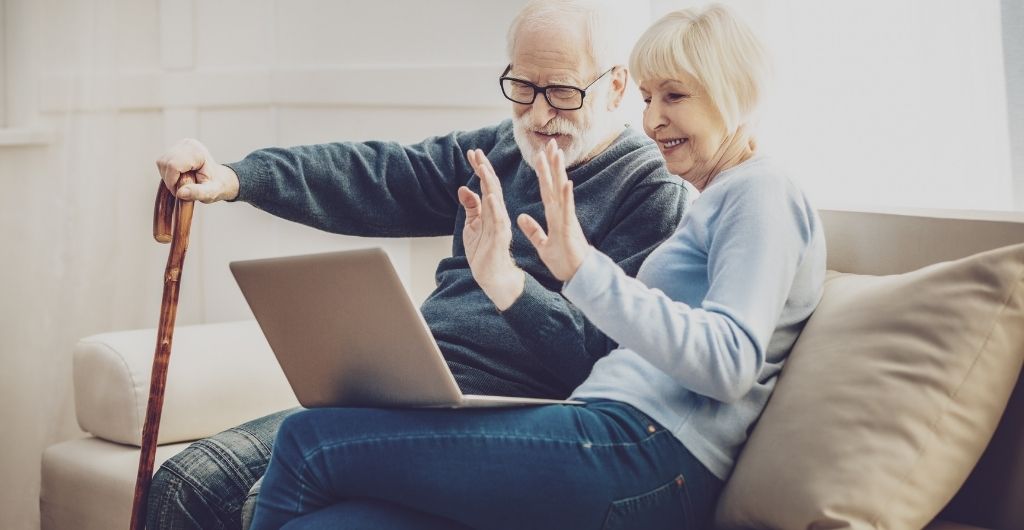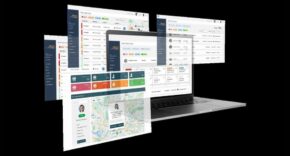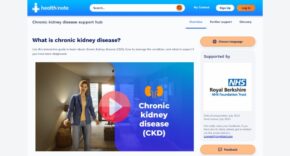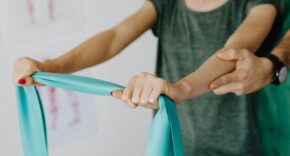
Barak Katz, General Manager at Essence Smartcare reveals how the information we currently aren’t collecting could revolutionise the effect falls have on the victims and their care networks.
What is a fall? In 2018 the WHO defined a fall as ‘an event which results in a person coming to rest inadvertently on the ground or floor or other lower level’.
Physically, it could be slipping in the shower or losing balance picking up the post. It could result in a moment on one knee before pulling oneself up, or a long spell stranded on the floor. All these incidents could leave lasting significant physical damage. Mentally, however, falls engender a range of more lasting emotional facets –anxiety, loneliness, frustration and risk-aversion. They also, sadly, and most worryingly, lead to secrecy.
Most falls happen in secret
According to our research, up to 75% of falls go unreported. Potentially, that’s three quarters who’ve suffered the upset, pain and long-term trauma of a fall and not discussing it with their carers, medical support or families. This means, on top of the lasting effects of the event, nothing can be done by their support network to prevent the next one. If care teams, on site, or those working as part of the telecare provision, aren’t aware of a risk, they can’t mitigate against it.
As a collective, the industry needs to now think about how falls could be prevented if the support team were able to analyse and anticipate patterns of behaviour. And for that to truly work, we need to avoid missing falls and not leave responsibility for reporting them with the vulnerable community they affect.
What are we missing when it comes to unreported falls?
Complete datasets are integral to the ability to solve healthcare problems – we only have to look at the recent UK Government Covid testing ‘spreadsheet error’ to know this is true. When it comes to implementing (and funding) a UK social care package, numbers matter. Case histories aren’t complete without accurate records, and case histories form the base layer of a support network’s recommendations when it comes to levels of support required. We’re missing the complete dataset on how falls are truly affecting our elderly and vulnerable communities.
To truly improve the potential to prevent injury, trauma and an increase in care, an entire appraisal of the fall sufferer’s situation could provide immense benefit. Prevention isn’t possible without anticipation. Anticipation isn’t possible without information being exchanged, and the fact that around seven in ten falls produce no communication means care providers have only have a finite amount of information to stop vulnerable people from falling, and help them when they have. Therefore, we need to concentrate on getting that data, without letting the responsibility (and possible embarrassment or shame) in asking for aid and triggering support continue to lie with them. This would give the industry the precision and the data it needs to make changes.
Accuracy and reliable verification provide better outcomes
We’ve realised that in falls protection technology, accuracy of what’s reported, and verification that an incident was indeed a fall, is key to keeping that dataset capable of helping care providers manage risk. To achieve this, relying on the existing tech, or simply people, to confirm that a fall took place and to call for help, isn’t enough. Like the police investigating a crime looking at the scene of an incident, the circumstances of a fall, and what came before, is often what solves the problem.
Most current fall detectors are based on accelerometer tech which only detects certain types of incidents. Wearable alarms and pendants push the responsibility onto the elderly or vulnerable person, and by nature, putting them on is subject to emotional response, and memory. In reality, they could be contributing to the missed falls and incomplete data problem. Even if the pendant is being worn the available technology often misses the actual fall incident which, in the absence of proper self-reporting, means that from a falls management perspective, it is tantamount to it never happening.
An obvious answer could be ‘always on’ in home cameras, but many elderly individuals do not want the intrusion and want their privacy to remain intact, and quite rightly, so what’s the solution?
This is why a more non-linear approach to falls management should be advocated. It is also why, more effective fall detection technologies needed to be developed.
A new, non-linear approach to managing falls
If the solution is low-impact but ever-present monitoring technology, providing whole-home coverage, the responsibility for reporting falls becomes less of a problem. Integrated multi-sensing tech like MDSense, for example, means that, in effect, your house itself protects you by alerting your support network via normal telecare methods if the room sensors are triggered by a fall.
The cycle of prevention, alert and response is effectively broken by the tech’s ability to contribute valuable data. It can report on the circumstances leading up to an incident. For example, the sensors may record a long period of seated rest in an armchair late at night, and a fall on attempt to rise. This might indicate the room was dark and the resident was cold and confused after falling asleep in their chair, which could have contributed. Multiple similar incidents could point to a need for an evening carer, or more helpful lighting in the room. Importantly, this means you can prevent the next fall, let alone eliminate the unreported nature of it.
If you combine accuracy of falls reporting with an increase incident logs, there’ll be layers of benefit from the stronger data provided, moving concentrically outwards from the immediate impact on the sufferer:
· The residents themselves get specific prevention and management help, such as grab rails or improved flooring.
· The resident’s home setting, for example in a supported retirement community or in one flat in a block of Local Authority assisted living properties, can assess circumstances and make widespread changes to risk factors such as communal lighting or bathroom access.
· The resident’s care network, including telecare monitoring provision, have more case history and accurate information on the true status of those they care for. The low-tech solution in the resident’s home doesn’t rely on the resident itself, so it’s intrinsically more reliable.
Can we eradicate falls, or just missed ones?
We can’t stop all falls, but we want to prevent falls from happening again if we can. By deploying the next generation of tech we can close the gap to get the data we need to make this happen. Falls management tech will continue to grow its ability to prevent and monitor, adding more AI capability that allows carers to further anticipate incidents. A huge reduction in missed falls would be an appropriate springboard to the next steps.












